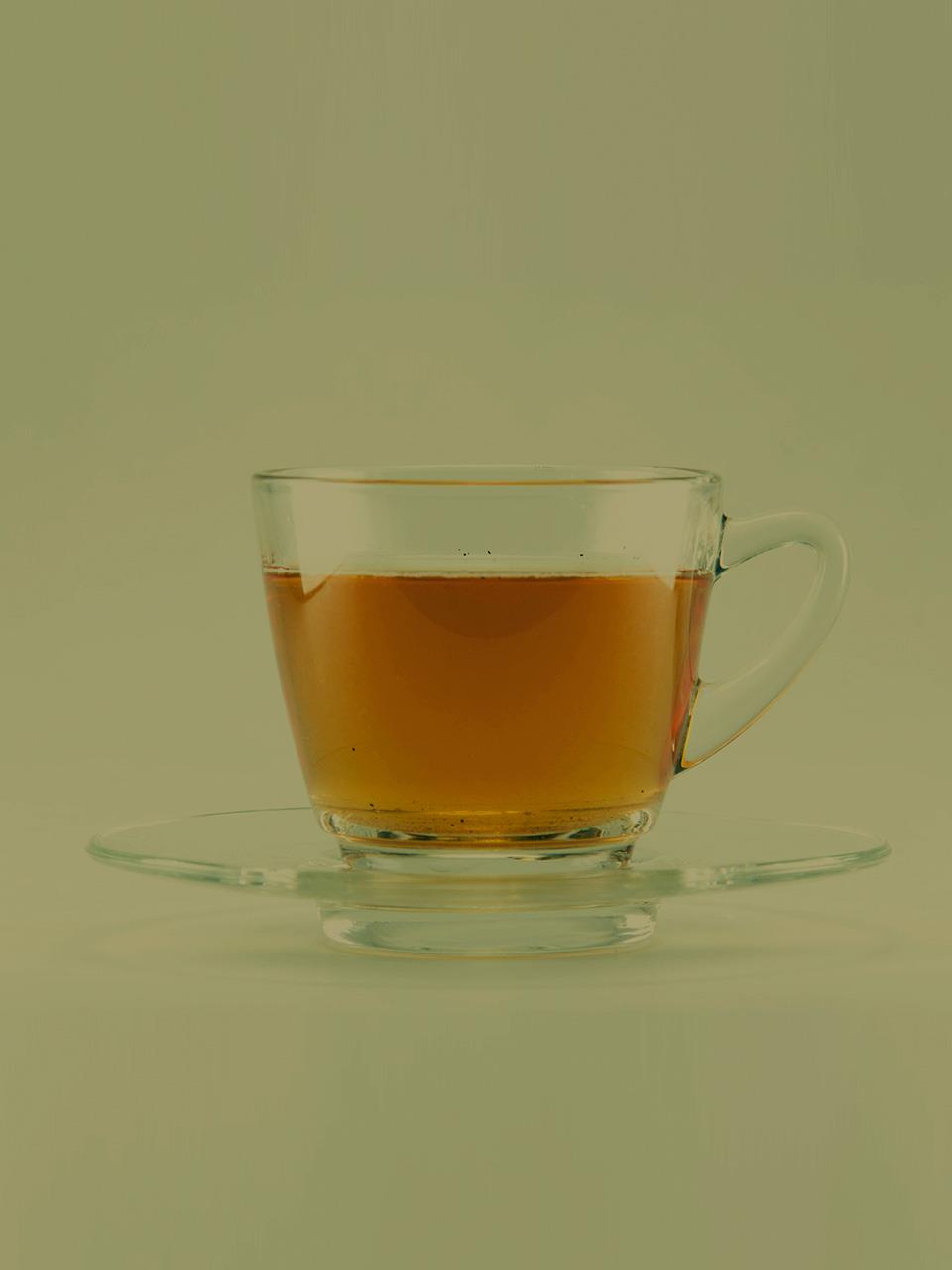
Tap to Read ➤
Licorice Root Tea
Licorice root tea is the tea prepared by brewing dried roots of the licorice plant. Licorice roots are known for their medicinal properties; soothing bad coughs and colds, reducing fatigue, etc.
Priya Johnson


Licorice herb, scientifically known as Glycyrrhiza glabra is a naturally sweet herb, that is actually a legume. Native to Southern Europe and regions of Asia, this herb is found growing wild with a long root system.

The roots of this herb comprises a compound that is 50 times sweeter than sugar, which is why they are also referred to as 'sweet root'. The root is dried and used to prepare licorice root tea.

Benefits

Licorice roots have been used to deal with scores of illnesses, both in Eastern as well as Western medicine. In traditional Chinese medicine, this herb was used in herbal formulas along with other ingredients to treat ailments like athletes foot, tuberculosis, etc. The different health benefits associated with this tea is what has made it so popular.

Presence of Glycyrrhizin
Licorice roots contain a compound: glycyrrhizin, which is a glycoside containing two enzymes that break down prostaglandin E. This reaction spearheads mucus production in the stomach, thereby providing a protective covering for the stomach lining. It also increases mucus production in the respiratory tract, which makes the mucus less sticky and easy to expel.

Fights Fatigue
Glycyrrhizin in the tea helps prevent break down of cortisol in the body, thereby increasing the level of cortisol. This elevated level of cortisol fights fatigue, exhaustion, and stress. In fact, the Roman legions are known to have depended on this herb for enduring arduous campaigns.

Cures Coughs
Several cough syrups contain licorice root extracts in them. People with bad cough and cold often sip this tea to bring relief to their sore throats and stuffy nostrils. This tea is also known to benefit asthma patients.

Peptic Ulcers
Some studies reveal that antacids with Deglycyrrhizinated licorice (DGL) help treat stomach ulcers. However, the authenticity of the fact is still unknown, because antacids have several other ingredients as well, thus, it's quite difficult to zero in on the actual benefits attained from DGL alone.

Moreover, the connection between licorice root and peptic ulcers is quite dicey because another study reveals that when patients with peptic ulcers were treated with DGL, there were no effects.

How to Make Licorice Root Tea

To prepare licorice root tea, one can either use powdered licorice root or the dried roots. To prepare the tea, just add one teaspoon of licorice root to one cup of boiling water, and steep for 3-5 minutes. Have this tea once or twice a day, so as to tap its medicinal benefits. For licorice mint tea, add a cup of water to a saucepan.

Add a small piece of cinnamon and a teaspoon of licorice powder to the water and bring it to a boil. Allow it to boil for the next ten minutes. Add two teaspoons of peppermint leaves and allow to steep for 5 minutes. Strain, add some honey to sweeten it, and serve!

Side Effects

As it is with any herb, excess intake of licorice can conduce to licorice toxicity. Having large doses of licorice tea over extended periods of time can cause a condition called pseudoaldosteronism, wherein the person becomes overtly sensitive to a hormone in the adrenal cortex.

The side effects appear as headaches, high blood pressure, fatigue, muscle pain, numbness in the hands and legs, etc.

Besides being consumed in the form of tea, dried licorice root is also eaten as candy. Although dried licorice sticks may appear really woody and dry, they are actually quite soft to chew on. The thinner licorice sticks are salty, while the thicker ones are sweet.

However, before pouncing on any herb, make sure you first consult your health care provider, who will guide you regarding its appropriate dosage.

Disclaimer: This story is for informative purposes only, and should not be used as a replacement for expert advice.